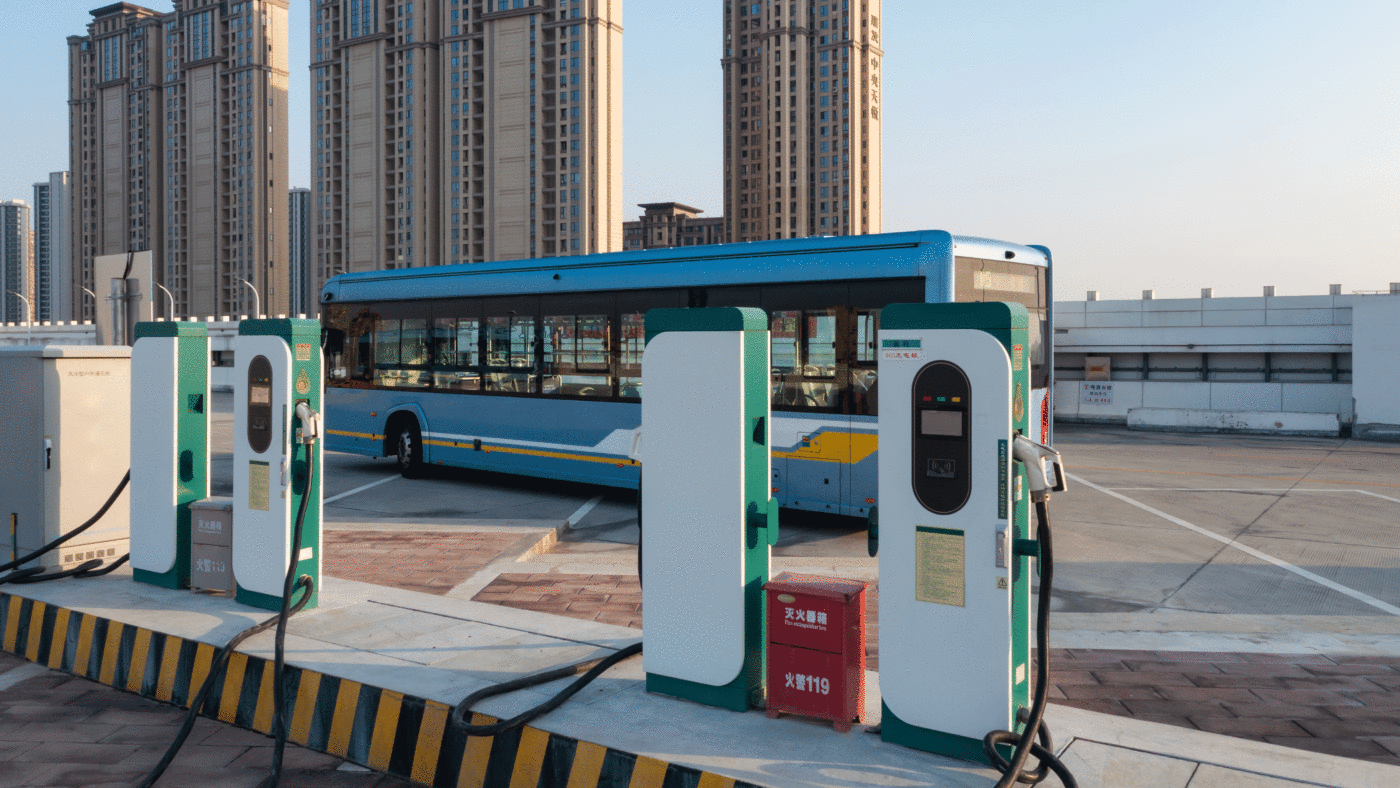As Foreign Secretary James Cleverly visits China this week, he has made clear that disengagement is not ‘credible’. While this may be true, we should not be complacent about the far-reaching economic impact of Beijing’s dominance of key industries – not least electric vehicles [EVs].
The Chinese takeover of the EV market happened slowly, then all at once. In the early 2010s, China seemed like the future for European carmakers. The great financial crisis of 2008, followed by the Eurozone crisis in 2010/11, had scarred European consumers deeply. As households across the continent cut spending, car sales in Europe dropped dramatically – and recovered very, very gradually. By contrast, Chinese demand boomed, as breakneck GDP growth lifted millions of households into the middle class every year.
Focusing on exports to China thus became an obvious growth strategy for European carmakers. It helped that their Chinese competitors had never really cracked the century-old internal combustion engine [ICE]. True, the Chinese government had started subsidising investments in electric vehicles production, but this seemed speculative and unproven – definitely not worth worrying about for the big German (and they were mostly German) automakers. Thus, over the 2010s, China quietly built out a deep supply-chain network and technological expertise in EVs, while their European competitors happily carried on producing and selling ICE cars, confident that things would never change.
But things did change. In the late 2010s, decarbonisation crept up Western countries’ priority list. Today, encouraging consumers to buy EVs has gained a new urgency as developed countries try desperately to cut emissions from transport. This has been a boon for China, which, thanks to its early bet on EVs, now dominates the technology’s know-how as well as its upstream supply chains. In the first three months of 2023, it became the world’s biggest car exporter.
The US has kept the Chinese threat at bay by erecting strong trade barriers around its own car industry. In 2019, the Trump administration ratcheted up tariffs on Chinese autos from 2.5% to 27.5%. In 2022, the Biden administration followed up by awarding production and consumption subsidies to EVs made using components sourced from North America as part of the Inflation Reduction Act [IRA]. This has kept Chinese cars largely off US roads.
The EU’s response has been totally different. Brussels has focused on incentivising EV adoption through regulation, rather than worrying about where EVs sold in Europe are actually produced. In 2021, the European Commission proposed a law that would have forced carmakers to only sell EVs to the bloc by 2035. It was approved (with some exceptions) in March 2023. But unlike the US IRA, the Commission’s plan failed to specify where the EU’s new EV fleet ought to be produced. Thus, European carmakers have moved their EV production lines to China to take advantage of lower unit labour costs and integration with better-developed upstream supply chains that are specific to EVs. Today, many European-branded EV models that are sold in the EU are imported from China. Unsurprisingly, car imports from China into the EU have skyrocketed since mid-2020.
This dynamic creates two real problems for the European auto industry. The first is that it makes the bloc critically vulnerable to heightened geopolitical tensions between the West and China. It is the exact opposite of ‘de-risking’. The second is that it is damaging to domestic auto production and supply chains, which still generate as much as 5-10% of value added and employment in Germany and some Eastern European countries.
How could the EU respond? First, Brussels could levy additional tariffs on Chinese autos by initiating so-called Trade Defence Instruments (TDIs). However, industry usually needs to start this process by lodging an unfair competition complaint with the European Commission. As long as European carmakers benefit from locating production in China, it seems unlikely that they will decide to call themselves out on their own strategic decisions.
Member states could also follow in French President Emmanuel Macron’s footsteps. In May 2023, he proposed phasing out consumer subsidies to EVs made in ‘high-carbon’ jurisdictions, regardless of whether they are European branded. This approach incentivises consumers to purchase EVs made in the EU. However, it could also implicitly subsidise non-national, but EU-producing, carmakers. For example, VW, a German company, would benefit from French subsidies on any of its EU-made vehicles sold in the French market. But this is likely to prove politically problematic if fiscally constrained countries (e.g. Italy) will start spending part of their annual public budget on subsidising cars made by countries with larger public coffers (e.g. Germany). Moreover, many EU countries are now winding down consumer subsidies as EV technology becomes more cost-competitive. Macron’s approach would therefore be a temporary solution at best.
The third option is for the EU to mount its own industrial policy response. Brussels has a rapidly closing window of opportunity to do this. Later this year, the EU will be revising its fiscal rules framework, which dictates how much member states can spend and invest annually as a share of GDP. If the EU decides to exempt investment spending on clean, high-priority sectors (including EVs and related supply chains) from counting towards member states’ annual maximum expenditure, EU countries would have a strong incentive to undertake public investments in these areas. In turn, this would provide a strong signal to private investors to follow.
It would not be a perfect solution, since smaller member states would lose out on projects where economies of scale are necessary. It might also incentivise competition between member states to attract specific industries. However, even if imperfect, this solution offers the EU’s best chance to protect its own.
Click here to subscribe to our daily briefing – the best pieces from CapX and across the web.
CapX depends on the generosity of its readers. If you value what we do, please consider making a donation.


